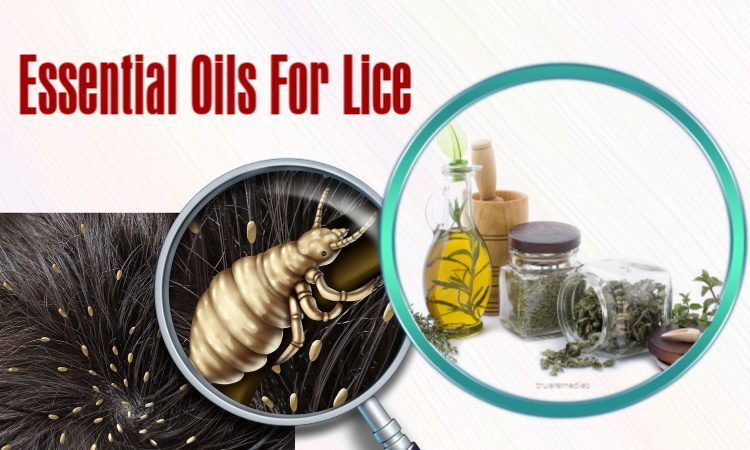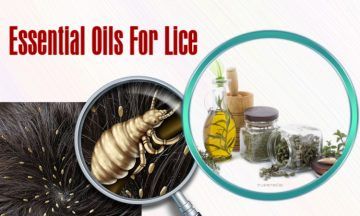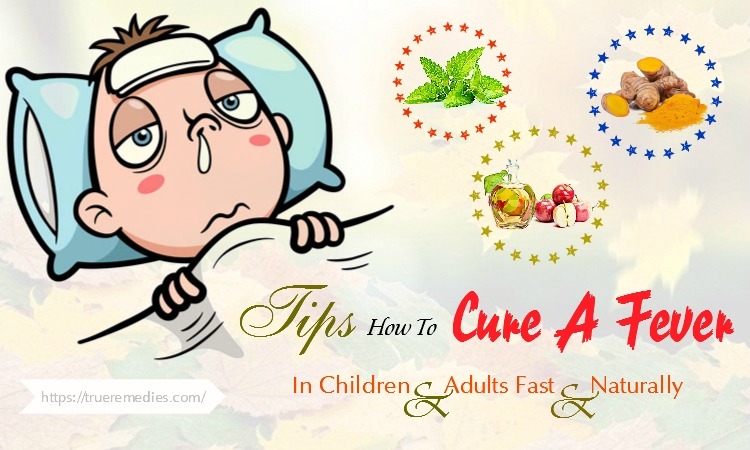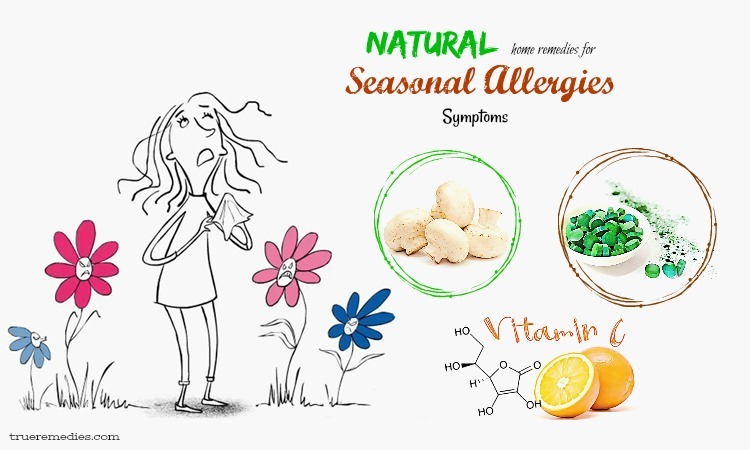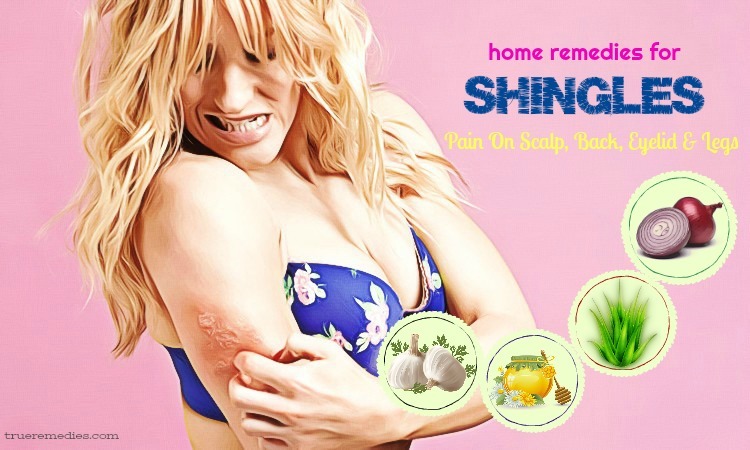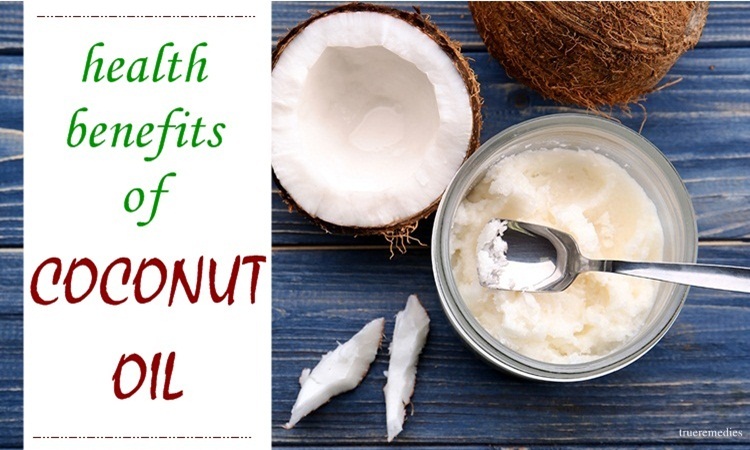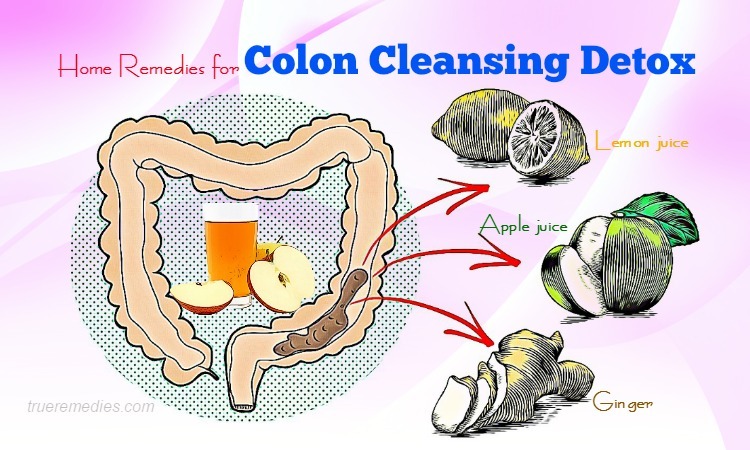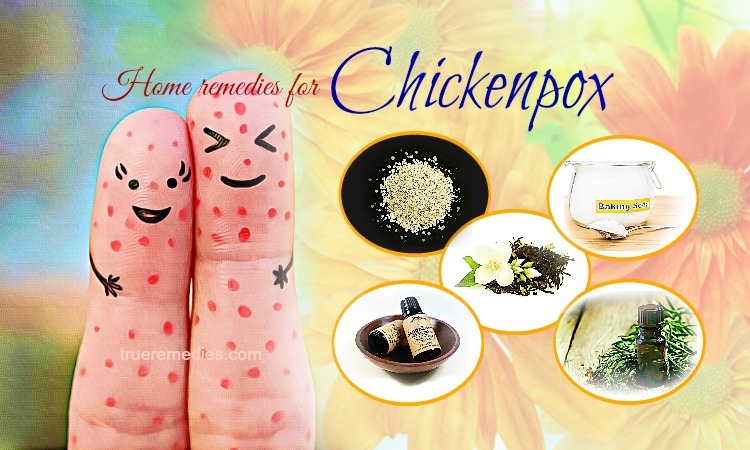Table Of Contents
Do you frequently encounter lice? Are you embarrassed to open the hair in public places? If yes, it is time to get yourself some help. Many people often opt for highly concentrated solutions or chemical treatments to remove these blood-sucking parasites. Instead of using those methods, essential oils can be the magical formula to banish these freeloaders[1]. Read this post on True Remedies to know more.
- Top 29 ways to get rid of head lice eggs quickly
- Top 13 essential oils for dry skin treatment
- 21 best essential oils for sunburn relief
Top 11 Benefits And Uses Of Essential Oils For Lice
I. Frequently Asked Questions About Head Lice
How Long Can Lice Survive?
Head lice can’t live for more than one day without a host. Nits can survive up to one week. Lice can survive up to one month, feeding off the human head.
Who Is At The High Risk Of Getting Lice?
Children are prone to lice more often than adults. People who often come in head to head contact with an infected individual are also at a higher risk.
Do Lice Spread Disease?
TrueRemedies Partner Solutions

Need a Help from the Leading Expert Online, Available 24/7?
They’re all here and ready to answer your questions online or by phone. Keep asking questions until you get the answer you need.
The answer is no, although they can lead to redness, itching, and scalp sores.
How Do You Recognize Head Lice?
You just need to part the hair into sections and then use a nit comb to comb through the length. Comb particularly around the neck and behind the ears.
II. Myths And Facts About Lice
Below are some of the common myths and facts about head lice:
a. Myth 1: Poor hygiene can cause head lice that can be removed with soap and water.
Fact: Head lice are often resistant to soap and water. Having head lice isn’t a question of hygiene. It can infect anybody, whatever their hygiene or background.
b. Myth 2: Lice live in beds, carpets, couches, and clothes.
Fact: A louse can only survive up two days away from the scalp of a human. It can survive on a hair, which has fallen on clothes or a bed but will die within two days if it can’t enter in contact with somebody’s head again.
c. Myth 3: Lice die instantly after treatment.
Fact: Lice can take a live louse a few hours (and up to one day) before it stops living following the treatment.
d. Myth 4: Lice spread by flying or jumping.
Fact: Head lice can’t fly or jump since they are wingless. Lice can be removed from the head by air movement, thus giving the appearance of flying.
e. Myth 5: All children having head lice itch or scratch.
Fact: Primary head lice infestation can produce no symptoms or signs for four to six weeks. This means that your little one can have head lice yet will start itching only about 30 days later.
III. Benefits And Uses Of Essential Oils For Lice
There is no science-based evidence for the following recipes for head lice. The recipes we've focused on are traditional home remedies, so always consult your doctor before applying any method.
1. Nutmeg Oil
How Does It Work
Nutmeg comes with the anti-inflammatory properties that help soothe the redness of the scalp[2]. It is also helpful in incinerating the lice and keeping them suffocated, thus hampering their breeding.
What You Need
- Nutmeg essential oil – 3 to 4 drops
- Olive oil – three tablespoons
How To Do
Just mix the nutmeg oil and olive oil well and apply the mixture to your scalp. Then, comb through by using a nit comb to eliminate the dead lice and nits, and rinse your hair thoroughly.
Side Effects Of Nutmeg Oil
Overuse of nutmeg oil by ingestion or inhalation can cause visual impairment, hallucinations, delirium and prolonged sleep. Plus, overdosing can result in vomiting, convulsions, and delirium.
2. Peppermint Oil
How Does It Work
This essential oil is abundant in menthol, which makes it a great coolant for scalp itching or inflammation[3]. Besides, this oil has insecticidal properties and strong odor, which turn it into an excellent deterrent for the lice. Along with that, it is beneficial for boosting hair growth.
What You Need
- Peppermint oil – four tablespoons
- Olive oil – 2 to 3 tablespoons
How To Do
Just combine the above oils thoroughly and apply to your scalp. Leave the application on for a minimum of 30 minutes and then brush through your hair by using a nit comb to banish the dead lice. Try to carry out this process over a sink because the lice may escape fast.
Side Effects Of Peppermint Oil
Overuse of peppermint oil can lead to eruptions and rashes on the skin. Children, infants, pregnant and breastfeeding women, people with gallstones and people with a history of heart diseases need to avoid using this oil.
3. Red Thyme Oil
How Does It Work
Red thyme oil is perfect for suffocating the lice, as it possesses thymol that produces a strong smell. It further keeps the scalp free of lice thanks to its high cleansing properties. In addition to this, it treats inflammation and helps in hair growth[4].
What You Need
- Red thyme oil – 10 drops
- Olive or coconut oil – 4 tablespoons
How To Do
Firstly, add the red thyme oil in coconut or olive oil. Then, start massaging this oil mixture gently into your scalp and remove the dead lice with a nit comb. Rinse thoroughly by using a chemical-free shampoo.
Side Effects Of Thyme Oil
Allergies to thyme aren’t uncommon. Particularly, individuals who are allergic to plants in the Lamiaceae family, including basil, rosemary, lavender, and sage may be sensitive to thyme oil. This oil can cause itchiness, redness, rashes or hives, especially when you do not dilute it with a carrier oil.
4. Rosemary Oil
How Does It Work
Rosemary essential oil comes with a compound called terpinen-4-ol that works as an insecticide[5]. This oil also helps to stimulate hair growth[6]. Apart from that, it is used to inhibit dandruff and premature graying and treat dry or itchy scalp.
What You Need
- Rosemary essential oil – 8 drops
- Any chemical-free shampoo
How To Do
Take the prepared oil and add it to your shampoo. Use this solution to soak each hair strand and scrub the scalp around and in the roots. Comb your hair with a nit comb to rid your hair of the eggs quickly and rinse thoroughly.
Side Effects Of Rosemary Oil
Being volatile in nature, rosemary oil can also cause vomiting. Pregnant and breastfeeding women shouldn’t use this oil since it can affect the fetus and result in a miscarriage.
5. Neem Oil
How Does It Work
Neem oil is used in many hair care products. Neem contains insecticidal properties, which may help disrupt the reproductive cycle and destroy the eggs laid by head lice[7]. It additionally helps to calm an irritated scalp.
What You Need
- Neem oil – one tablespoon
- Coconut oil – one tablespoon
How To Do
Mix the neem oil with coconut oil and massage this oil mixture gently onto your scalp. Leave it to stay for at least 60 minutes before rinsing with shampoo. Try this remedy every alternate day for one month.
Side Effects Of Neem Oil
When applied to your skin for up to two weeks, neem oil is possibly safe. When taken in large doses, it is possibly unsafe and might harm the liver and kidneys. Neem bark and neem oil are possibly unsafe when taken during pregnancy by mouth. They can lead to miscarriage.
6. Aniseed Oil
How Does It Work
The strong odor from aniseed oil is beneficial for suffocating the lice and keeping them from crawling[8]. This oil also helps to keep the scalp free of lice and clean when used on a daily basis.
What You Need
- Aniseed oil – 4 to 5 drops
- Coconut oil – three tablespoons
- Tea tree oil – three tablespoons (optional)
How To Do
Just mix all the above elements and massage it onto your scalp. Use a shower cap to cover your hair and let it remain on for three hours. Comb your hair with the support of a nit comb and rinse it off thoroughly.
Side Effects Of Aniseed Oil
Large quantities of aniseed oil used internally can lead to vomiting and nausea, seizures and even pulmonary edema. When applied externally, it can cause skin irritation.
7. Cinnamon Leaf Oil
How Does It Work
Cinnamon leaf oil is rich in antimicrobial and antioxidant agents. Besides, it consists of benzyl benzoate that is useful for murdering head lice[9]. It can also help maintain your hair healthy and may help destroy stubborn head lice in children. Plus, the eugenio in it has a strong odor, which helps to suffocate the lice to death.
What You Need
- Cinnamon leaf oil – 4 to 5 drops
- Extra virgin olive oil – three tablespoons
- Jojoba oil – three tablespoons
How To Do
Just mix all the above oils well and apply to your entire head. Cover with the aid of a shower cap for 4-5 hours. Use a nit comb to comb your hair and rinse it twice to eliminate the dead lice and nits.
Side Effects Of Cinnamon Leaf Oil
Use cinnamon leaf oil in properly diluted and moderation, because high doses may cause convulsions in some people. If this symptom happens, stop using it and consult a doctor or health care practitioner instantly.
8. Tea Tree Oil
How Does It Work
Tea tree oil possesses plenty of germicidal compounds, which can effectively fight off different types of fungi, bacteria, protozoans, and viruses. These compounds are also excellent for battling the head lice parasite[10]. Apart from that, it destroys the adult lice and takes care of the eggs latched onto your hair.
What You Need
- Tea tree oil – three drops
- Any chemical-free shampoo
How To Do
Take a little shampoo in your palm at first and later add the tea tree oil to it. Mix them well and then use this solution to wash your hair. It’s best to rinse your hair with this mixture twice a week for quick results.
Side Effects Of Tea Tree Oil
Always perform a patch test to notice if you’re allergic to tea tree oil. Continue following this remedy only if no scalp irritation happens.
9. Clove Oil
How Does It Work
The odor of clove essential oil can get rid of lice effectively. More importantly, the two components of this oil, beta-caryophyllene and eugenol, are effective in repelling the lice from the scalp[11]. It further boosts the circulation of blood in the scalp, thus stopping unnecessary hair fall[12].
What You Need
- Clove essential oil – 4 drops
- Any shampoo
How To Do
You add the clove oil to your shampoo and cover your hair by using this mixture. Let it work for about 4-5 minutes and afterward comb through your hair by using a nit comb. If you notice any lice, add several more drops of the oil. Rinse your hair thoroughly.
Side Effects of Clove Oil
Whether you apply or ingest clove oil, always ensure that you dilute it before using it. The presence of eugenol in it is known to aggravate allergies in many people. So, to check for reactions, do a patch test. This oil can also result in intestinal discomfort in kids. It could cause organ failure in serious cases.
10. Lavender Oil
How Does It Work
Lavender oil owns the insect-repelling properties[13] that can reduce the risk of lice. The smell of the oil helps to suffocate the lice, thereby preventing their proliferation.
What You Need
- Lavender oil – 10 drops
- Any carrier oil such as olive, coconut or jojoba oil – three tablespoons
How To Do
Mix the lavender oil with the carrier oil and start massaging the mixture onto your scalp. Shampoo your hair and remove the nits with a nit comb. After that, rinse your hair thoroughly. Repeat the procedure every alternate day for ten days
Side Effects Of Lavender Oil
Dermal application, indigestion, and inhalation of lavender oil can cause allergic reactions. An allergic reaction to this oil includes a burning sensation in the eyes and throat, skin rash, blurred vision, diarrhea, nausea and vomiting, headache, chills and breathing problems.
11. Eucalyptus Oil
How Does It Work
Eucalyptus oil comes with many antifungal properties, which can help battle infection and restrain residue build-up on the head. It also consists of a component named eucalyptol that functions as an insect repellent and an antiseptic, thus making it a wonderful natural ingredient to deal with lice[14]. It is also ideal for cleansing and moisturizing the scalp and promoting hair growth.
What You Need
- Eucalyptus oil – 10 drops
- Olive oil – four tablespoons
How To Do
Just mix the above oils in a bowl and apply this oil mixture to your hair and scalp. Tie your hair up and put on a shower cap. Keep it on for 2 to 3 hours and take a shower cap out of the hair and comb out all the nits and lice. Finally, wash and shampoo the hair. Repeat this routine three times per week.
Additional Tips
- Ten drops are the standard dose for using essential oils.
- Take around one to two drops of the essential oil at first and later rub it onto the roots in which you can spot the head lice.
- Don’t inhale them for a long time because they can cause nausea, headache, and dizziness.
- Together with the essential oil, you can use an anti-lice shampoo.
- After massaging your hair by using essential oils, you rinse your hair carefully. Keeping them on for too long can weigh your hair down.
- Brush your hair two times daily to break the movement of the lice.
- Choose a reputed brand and perform a patch test before use.
- Before use, dilute the essential oils. You can use oil or water or even conditioners or shampoos for this purpose.
Those were some of the best ways to banish the lice using essential oils. Now that you know the benefits and uses of essential oils for lice treatment do let us know if you will give it a try. Also, please share with us here if you know any other essential oils for lice.
Read more: 36 Best Tips To Treat Bacterial Infection At Home. This article was medically reviewed/fact checked by Millie Lytle ND, MPH.
References
https://headlicecenter.com/head-lice-facts/
https://www.stylecraze.com/articles/essential-oils-for-head-lice/#gref
https://www.healthline.com/health/lice-home-remedies

